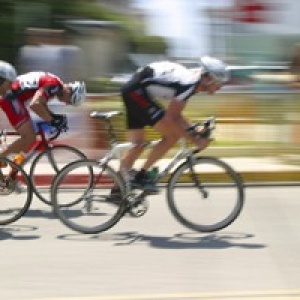No.34 - Pedal Power

Oh là là – it’s almost time for the 99th Tour de France. It starts on June 30th in Liège, south east Belgium and ends three weeks later on July 22nd in Paris on the Champs-Élysées. There will be 20 stages covering 3,479 kilometres (nearly 2,162 miles).
The race began in 1903 on the flat, but in 1910, to make it a bit more stimulating, they added mountains. This year, there will be nine mountain stages, including three with a summit finish. Along with the other elements, it’s the equivalent of running a marathon a day. The race has more than one competition within it, so there are opportunities for different styles of rider. The leader and eventual winner of each of these competitions wears a distinctive coloured jersey (a cycling shirt). But do you know what they all mean?
A yellow jersey is awarded to the rider with the lowest overall time at the end of each stage (each stage is a day’s racing). This fastest person also wins the right to start the next day’s stage wearing the said yellow jersey. However it’s not just the jersey; yellow is the race leader’s colour and his team often kit him out all in yellow – right down to the bike.
Points are also given for the first to reach the top of hills and mountains and a white jersey with red polka dots is awarded to the ‘King of the Mountains’, the best climber during the mountain stages.
A plain white jersey is awarded to the best young rider under the age of 25 who comes in fastest over all the stages.
This year’s Tour de France offers the best prospects for British riders in many years. Mark Cavendish is in the mix for the green jersey – which he won last year – and Bradley Wiggins has a chance of being the first Briton ever to win the Tour and take the yellow jersey in Paris.
Return to news